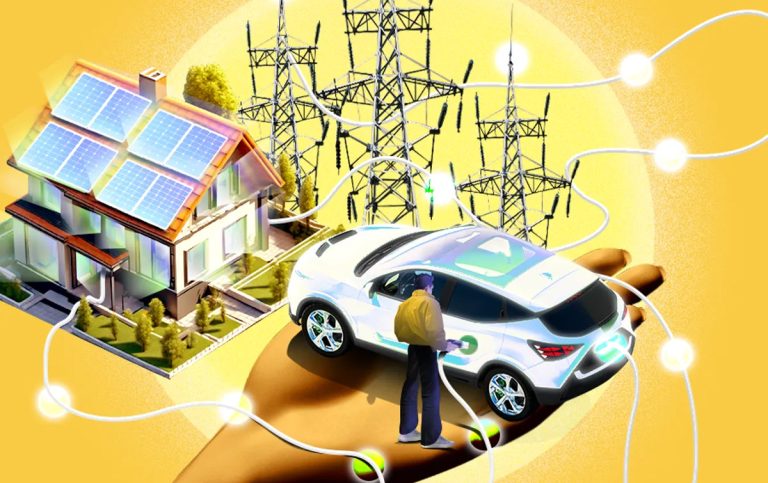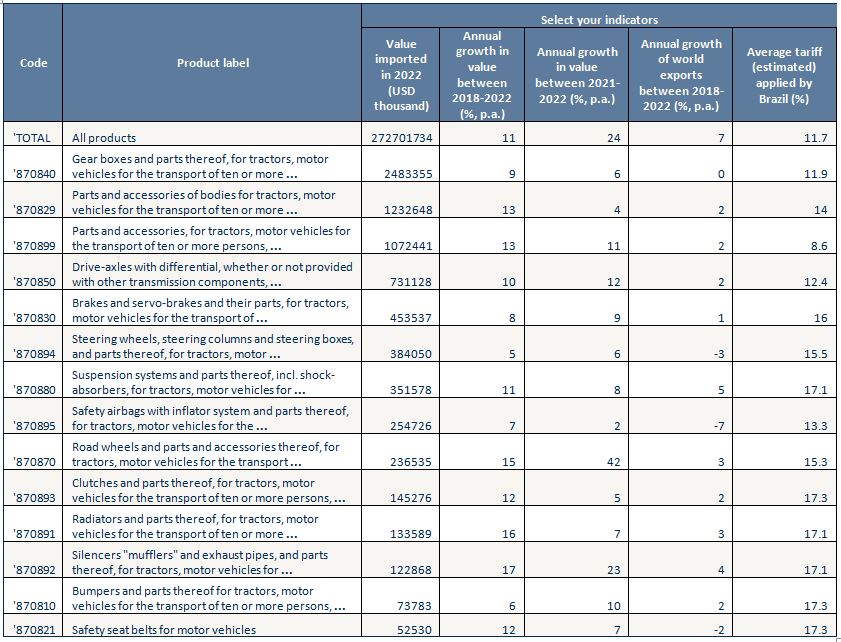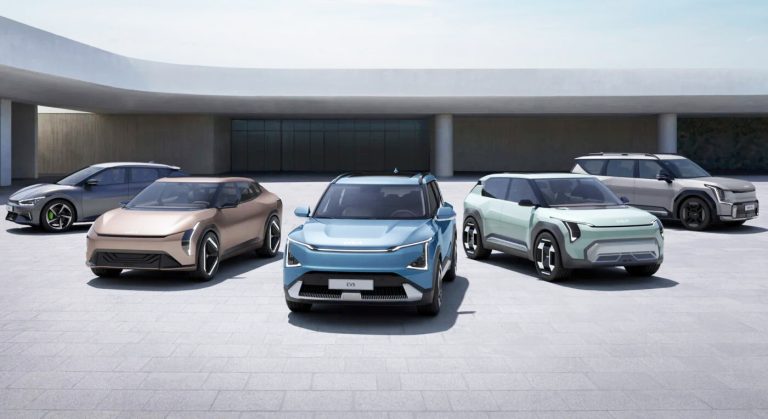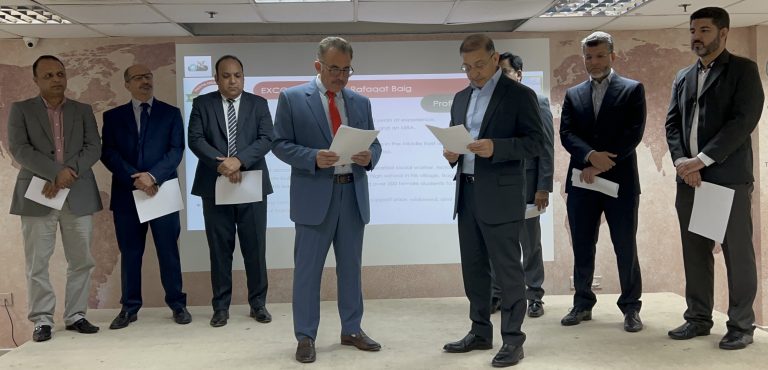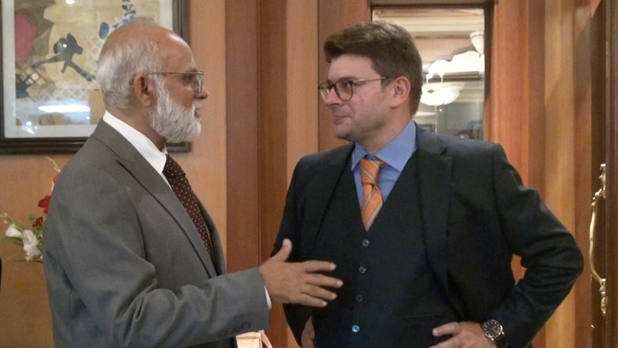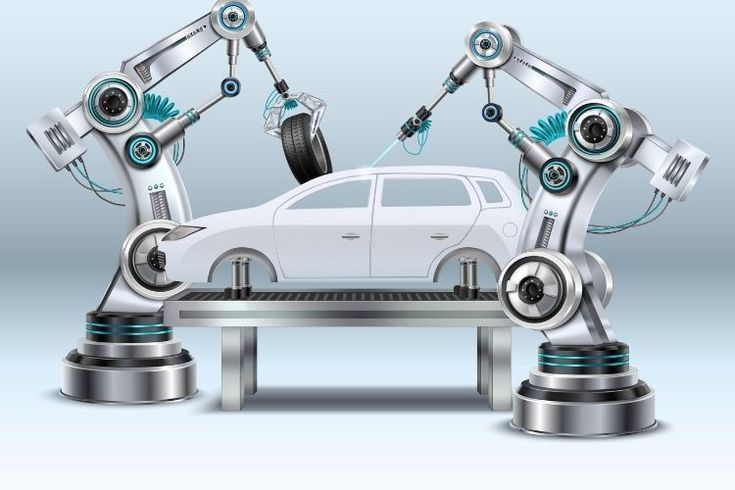Dear Readers EVs are ideal for environmentally conscious consumers seeking cost-effective, sustainable transportation. The market favors compact electric SUVs and versatile city cars with long battery range and fast charging capabilities. Targeting urban dwellers and tech-savvy individuals can optimize EV adoption and sales.
Target Customers for Electric Vehicles (EVs)
1. Urban Commuters
Urban commuters represent a significant segment of potential EV customers. These individuals often travel short distances within city limits, making the typical range of EVs more than sufficient. They benefit from lower fuel costs and reduced emissions, both of which are increasingly important in densely populated urban areas. Moreover, urban areas often have more charging infrastructure in place compared to rural areas, alleviating range anxiety.
2. Environmentally Conscious Consumers
Consumers who prioritize sustainability and reducing their carbon footprint are ideal candidates for EVs. This group includes individuals who are concerned about climate change and are motivated to make eco-friendly choices. These consumers are typically well-informed about the environmental impact of their purchasing decisions and are willing to invest in technology that aligns with their values.
3. Tech Enthusiasts
Tech enthusiasts are early adopters of new technology and are likely to be attracted to the advanced features found in modern EVs. This group appreciates the innovative aspects of EVs, such as regenerative braking, advanced driver-assistance systems (ADAS), and over-the-air software updates. Their enthusiasm for technology makes them more open to the initial costs and the learning curve associated with new technology.
4. Fleet Operators
Businesses that operate vehicle fleets, such as delivery companies, ride-sharing services, and public transportation agencies, are increasingly turning to EVs. The lower operational costs, reduced maintenance, and benefits from government incentives make EVs an attractive option for these companies. Additionally, fleet operators often have the resources to install dedicated charging infrastructure, mitigating one of the primary barriers to EV adoption.
5. Government and Corporate Buyers
Government agencies and corporations are significant potential customers for EVs, driven by sustainability goals and regulatory requirements. Many governments are setting targets for electrifying their vehicle fleets to reduce emissions. Corporations are also increasingly committed to corporate social responsibility (CSR) initiatives and can use EVs as part of their strategy to achieve sustainability goals.
6. High-Income Households
Households with higher disposable incomes are more likely to afford the higher upfront cost of EVs. These consumers can also invest in home charging infrastructure, which makes EV ownership more convenient. Additionally, high-income households are often more influenced by the premium features and brand prestige associated with certain EV models.
7. Young Professionals
Young professionals, particularly those in metropolitan areas, are a growing market for EVs. They tend to be environmentally conscious, tech-savvy, and open to new modes of transportation. This group values convenience and innovation and is likely to be attracted to the modern, sleek design and advanced features of EVs.
Market Trends and Ideal EV Models
1. Subcompact and Compact Cars
Market Trend: The urbanization trend is driving demand for smaller, more maneuverable vehicles that can navigate congested city streets and fit into tight parking spaces. Additionally, many cities are implementing low-emission zones that restrict the use of internal combustion engine vehicles, further boosting demand for compact EVs.
Ideal EV Model: A subcompact or compact EV with a range of around 150-200 miles per charge would cater well to urban commuters. Features such as fast charging capability, compact dimensions, and smart parking solutions (like automated parallel parking) would be particularly attractive.
2. Electric SUVs and Crossovers
Market Trend: The SUV and crossover segments continue to grow in popularity across many markets due to their versatility, higher seating position, and larger cargo space. Consumers are looking for family-friendly vehicles that do not compromise on sustainability.
Ideal EV Model: An electric SUV or crossover with a range of 250-300 miles per charge would meet the needs of families and individuals who require more space. This model should feature all-wheel drive options, ample cargo space, advanced safety features, and a robust infotainment system.
3. Luxury EVs
Market Trend: The luxury car segment is seeing a significant shift towards electrification, driven by advancements in battery technology and growing consumer interest in high-performance, eco-friendly vehicles. Luxury consumers are looking for top-tier performance, cutting-edge technology, and premium features.
Ideal EV Model: A luxury EV with a range of 300+ miles per charge, rapid acceleration, and a suite of advanced features (such as autonomous driving capabilities, premium interior materials, and high-end audio systems) would appeal to this market.
4. Electric Pickup Trucks
Market Trend: In regions where pickup trucks are popular, there is a growing interest in electric pickups due to their potential for high torque, which is beneficial for towing and off-road capabilities. Additionally, commercial and individual users are becoming more aware of the cost savings associated with EVs.
Ideal EV Model: An electric pickup truck with a range of 300+ miles per charge, high towing capacity, rugged design, and features geared towards outdoor and work activities (like power outlets for tools) would be ideal.
5. Affordable Entry-Level EVs
Market Trend: As EV technology matures and economies of scale are achieved, the cost of producing EVs is decreasing, making them more accessible to a broader audience. There is a growing demand for affordable EVs that provide a cost-effective alternative to traditional internal combustion engine vehicles.
Ideal EV Model: An entry-level EV with a range of around 150-200 miles per charge, priced competitively to attract budget-conscious consumers, would be highly effective. This model should focus on essential features, reliability, and ease of use.
6. Electric Commercial Vans
Market Trend: The rise of e-commerce and the demand for last-mile delivery solutions are driving interest in electric commercial vans. These vehicles offer lower operating costs, reduced emissions, and can be tailored to meet the specific needs of delivery services.
Ideal EV Model: An electric commercial van with a range of 150-200 miles per charge, large cargo capacity, and customizable interiors to suit different business needs would be highly attractive.
7. Electric Bicycles and Scooters
Market Trend: Micro-mobility solutions like electric bicycles and scooters are gaining popularity, particularly in urban areas where traffic congestion and parking are significant issues. These vehicles offer a convenient, cost-effective, and environmentally friendly mode of transportation for short trips.
Ideal EV Model: Electric bicycles and scooters with ranges of 20-50 miles per charge, lightweight design, and features such as app connectivity for tracking and security would appeal to urban dwellers. Companies like Lime and Bird are already capitalizing on this trend.
8. Autonomous Electric Vehicles
Market Trend: The development of autonomous driving technology is progressing rapidly, with significant investments from both tech companies and traditional automakers. Autonomous EVs are seen as the future of personal and shared transportation.
Ideal EV Model: An autonomous EV designed for ride-sharing or ride-hailing services, with a range of 300+ miles per charge, advanced safety features, and a user-friendly interface for passengers would be ideal.
Conclusion
The EV market is diverse, with different segments showing varying levels of growth and potential. Urban commuters, environmentally conscious consumers, tech enthusiasts, fleet operators, government and corporate buyers, high-income households, and young professionals all represent key target customer groups. Based on current market trends, launching subcompact and compact cars, electric SUVs and crossovers, luxury EVs, electric pickup trucks, affordable entry-level EVs, electric commercial vans, electric bicycles and scooters, and autonomous electric vehicles would cater to the needs of these groups and help capture a significant share of the growing EV market.
Strategically targeting these segments with appropriately designed EV models will ensure that manufacturers can meet the diverse needs and preferences of modern consumers while contributing to a more sustainable future.
This exclusive article has been published in Automark Magazine’s July-2024 printed/digital edition.

